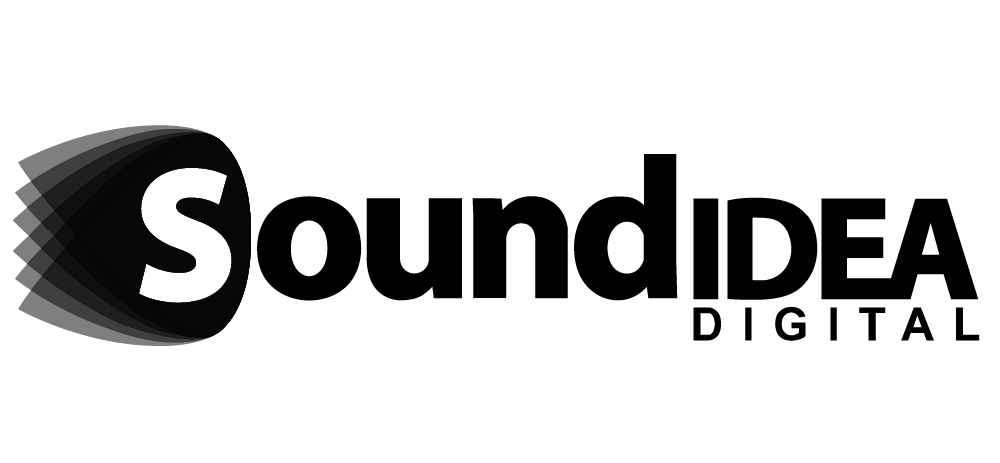
7 Key Features of Learning Management Systems in South Africa
If you’re part of a school, university, or business in South Africa looking to improve how people learn and grow, chances are you’ve heard about learning management systems in South Africa. These digital platforms are changing the way training and education happen; making them more flexible, engaging, and effective. Whether you’re teaching students in a classroom or training staff across multiple provinces, a good LMS can make a real difference.
But not all systems are created equal. To get the most out of your investment, it’s important to know what features actually matter. In this blog, we’ll walk you through the seven key features that any strong learning management system in South Africa should have. These aren’t just nice-to-haves, they’re essentials that help you deliver better learning experiences, save time, and keep your learners engaged.
Why Learning Management Systems in South Africa Are More Important Than Ever
South Africa’s education and corporate sectors are evolving fast. With growing demand for skilled workers, remote learning, and upskilling across industries, traditional training methods just don’t cut it anymore. Learning management systems in South Africa are stepping in to bridge the gap, offering scalable, affordable, and accessible solutions for schools, universities, and businesses alike.
These systems help overcome common challenges like geographic distance, inconsistent training delivery, and limited access to resources. Whether you’re a teacher in Cape Town trying to reach learners in rural areas or a manager in Johannesburg training a growing team, an LMS gives you the tools to deliver consistent, high-quality content anytime, anywhere. And the best part? You don’t need a tech background to use one effectively.
Centralised Learning Hub for Easy Access
One of the biggest wins of learning management systems in South Africa is having everything in one place. Imagine no more lost handouts, forgotten assignments, or students asking, “Where’s the study guide?” With a centralised hub, all course materials—videos, PDFs, quizzes, and announcements—live in a single, easy-to-navigate space.
This is especially helpful in South Africa, where learners may not always have access to physical classrooms or printed resources. Whether you’re a student on a mobile phone in Limpopo or an employee on a break at a retail store in Durban, you can log in and pick up right where you left off. For educators and trainers, it means less time chasing people and more time focusing on what really matters: teaching and supporting growth.
User-Friendly Course and Content Management
A great learning management system in South Africa makes it simple to create, update, and share courses – no coding required. You can upload videos, build interactive quizzes, and organise lessons in a way that makes sense for your learners. The best part? If something changes, like a new company policy or curriculum update, you can edit the content once and it automatically updates for everyone.
This flexibility is crucial in fast-moving environments. Schools can adapt to new syllabi, and businesses can roll out new training modules without delays. And because the system supports different media types, you can mix things up to keep learners interested—think short videos for visual learners, downloadable guides for readers, and quick quizzes to check understanding.
Real-Time Progress Tracking and Reporting
How do you know if your training is actually working? That’s where built-in tracking and reporting come in. Learning management systems in South Africa let you see exactly who’s completed a course, how they scored on assessments, and where they might be struggling. This isn’t just useful—it’s powerful.
For teachers, it means spotting students who need extra help before they fall behind. For managers, it’s a way to ensure compliance, measure performance, and prove ROI on training programs. Reports can be generated with a few clicks, making it easy to share progress with leadership or accreditation bodies. Data-driven decisions lead to better outcomes—for both learners and organisations.
Mobile Learning for On-the-Go Access
Let’s face it: most people in South Africa access the internet via their phones. That’s why mobile-friendly learning is no longer optional—it’s essential. A solid learning management system in South Africa lets users log in from smartphones and tablets, download materials for offline use, and complete training during breaks or commutes.
This is a game-changer for frontline workers, part-time students, or anyone without regular access to a computer. Imagine a nurse in a clinic or a sales rep at a mall being able to complete safety training on their phone during a quiet moment. Mobile learning removes barriers and makes education truly inclusive.
Gamification to Boost Engagement
Let’s be honest—no one likes sitting through a long, boring lecture. That’s where gamification saves the day. By adding elements like points, badges, and leaderboards, learning management systems in South Africa turn training into something people actually want to do.
These small rewards tap into our natural desire for achievement and recognition. A learner might start off just trying to finish a module, but suddenly they’re competing to top the leaderboard or earn a “Master Trainer” badge. It’s not about turning education into a game—it’s about making it more engaging, motivating, and fun. And when people enjoy learning, they remember more and stay involved longer.
Social and Collaborative Learning Tools
Learning doesn’t happen in isolation. Some of the best insights come from discussions, peer feedback, and shared experiences. That’s why modern learning management systems in South Africa include social features like discussion forums, group projects, and comment sections.
These tools are especially valuable in remote or hybrid learning environments, where learners might feel disconnected. A simple forum post can spark a meaningful conversation, help someone solve a problem, or build a sense of community. For businesses, it encourages knowledge sharing across teams. For schools, it helps students learn from each other, not just the teacher.
Learning management systems in South Africa aren’t just a trend—they’re a practical solution for anyone serious about education, training, and growth. With the right features, you can deliver better content, track progress, engage your audience, and scale your impact—whether you’re teaching 20 students or training 2,000 employees.
At Sound Idea Digital, we’re passionate about helping schools, businesses, and training providers make the most of digital learning. If you’re ready to explore how an LMS can work for you, we’d love to hear from you. Whether you’re just starting out or looking to improve your current setup, we can help you choose the right path, set up your system, and support you every step of the way. Get in touch with us today, and let our team show you how simple and powerful learning can be.



